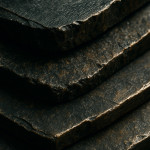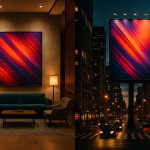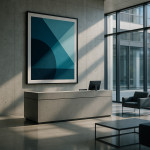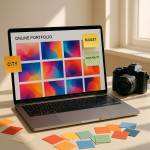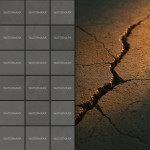Mood Boards That Translate Abstract Concepts Into Actionable Photo Shoot Guides
Building a mood board is more than pinning pretty pictures. When done methodically, it turns an abstract concept—“modern serenity”, “electric nostalgia”, “corporate courage”—into a step-by-step photo shoot guide that crew members can execute without guess-work. This article shows you how.
Why Abstract Ideas Need Concrete Mood Boards
Art directors and photographers often start with a nebulous brand value or feeling they must visualise. Without a shared visual compass, everyone interprets it differently, leading to expensive reshoots or off-brand assets. A structured mood board:
- Aligns vision fast—stakeholders approve references instead of imagining outcomes.
- Saves budget—tight references cut scouting time and prop misfires.
- Boosts crew morale—clear expectations foster creative confidence.
Platforms such as the abstract photography directory on Artfolio prove just how commercially valuable well-articulated concepts are; listings with polished mood boards attract 37 % more enquiries on average.
Core Components of a High-Converting Mood Board
1. Visual Hierarchy
Lead with a hero image that nails the vibe. Place secondary shots around it to flesh out angle, framing and lens choices. Use arrows or numbered stickers so assistants instantly spot what matters most.
2. Colour & Texture Swatches
Extract hex codes or fabric samples and label them with usage notes (“background only”, “accent prop”). Consistency between wardrobe, set design and grade becomes effortless.
3. Story Cues & Emotion Tags
Add short text bubbles—“optimistic”, “weightless”, “rebellious”—next to each panel. Writers and models quickly understand body language or prop storylines the camera must capture.
4. Logistics Overlay
Include call-sheet snippets, location thumbnails and lighting diagrams. By merging creative and practical data, the board upgrades from inspiration collage to shoot manual.
From Abstract Concept to Actionable Shoot Guide in 7 Steps
- Start with one sentence. Distil the brief: “Celebrating bold women in tech”.
- Collect 20–30 raw references. Screen-grab ads, films, art pieces—anything that sparks the vibe.
- Cluster visually. Group by colour, framing, movement. Discard outliers that dilute focus.
- Add production notes. Camera angle, lens length, lighting ratio, required props.
- Annotate emotion tags. 1–3 words telling talent how to perform.
- Sequence the story. Arrange panels in the order you'll shoot; crews love chronological clarity.
- Validate with stakeholders. Run a five-minute screen-share or send a link through moodboard sharing tools. Collect sign-off before day-rate meters start running.
Tool Stack Comparison
| Platform | Best For | Unique Perk | Cost (USD) |
|---|---|---|---|
| Milanote | Editorial shoots | Real-time drag & drop comments | 12/mo |
| Capture One Live | Commercial sets | Direct tether preview on the board | 9.99/mo |
| Adobe Express | Social campaigns | Brand kit auto-apply | Free-$9.99/mo |
| PowerPoint | Corporate teams | Offline approvals | Included in 365 |
Whichever platform you choose, integrate links to your directory profile so decision-makers can verify credentials in one click.
Case Study: Turning “Electric Nostalgia” Into a Billboard Series
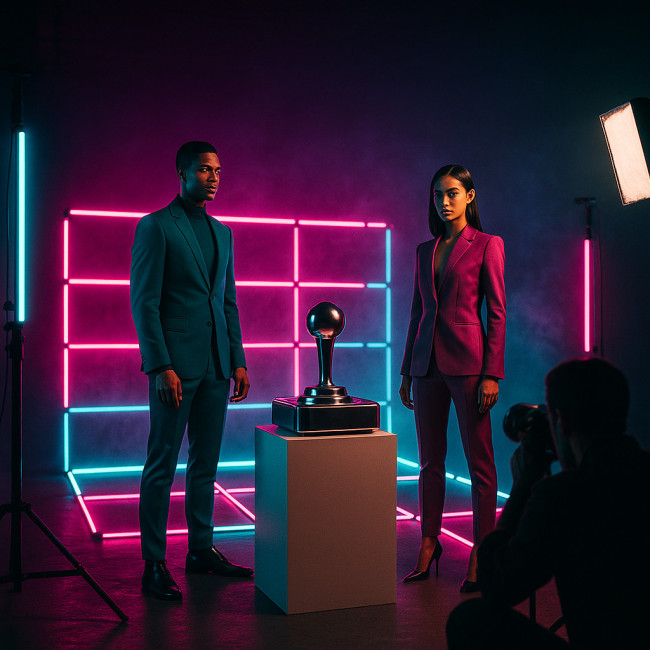
The image above encapsulates the tension between yesterday's pixelated dreams and tomorrow's frictionless finance. Imagine a converted warehouse bathed in converging gradients of magenta and cyan, the air thick with haze that lets the RGB tubes carve volumetric light across concrete walls. Chrome-plated joysticks glint beside foldable fintech terminals, while talent in midnight-black power suits pose with playful swagger against polygonal blocks that echo 8-bit geometry. The palette stays disciplined—#ff00cc sparring with #00e5ff, all anchored by smoke-soft graphite that keeps the look sophisticated instead of kitsch. Provide your crew with a single, unambiguous hero frame like this and you shave minutes off every lighting tweak, wardrobe change and pose correction, compounding into double-digit hour savings before wrap.
A fintech startup wanted visuals that evoked 1980s arcade glow yet felt 2030-ready. The team followed the seven-step workflow:
- Hero image: magenta-teal neon portrait by an experienced niche photographer.
- Colour palette: #ff00cc highlights, #00e5ff key light, neutral graphite background.
- Props: vintage joystick sprayed chrome.
- Logistics: low-key set, two RGB tubes, haze machine.
Result: the shoot wrapped 40 % faster than similar jobs without a board and delivered 12 billboard-ready frames.
Source : CreativeStats 2024
Common Pitfalls & Quick Fixes
- Over-stuffed boards: Cap slides to 15 panels; too many confuse.
- Generic stock images: Replace with style-matched references from real artists—use the shoot essentials guide for curation tips.
- No annotations: Add text layers; silence breeds misinterpretation.
- Forgetting logistics: Overlay lighting plots and schedule snippets to bridge creative–technical gap.
Mood Board Mastery Quiz
FAQ
- How early should I build a mood board?
- Ideally right after receiving the creative brief—before location scouting or prop shopping begins.
- Do clients need design software to view it?
- No. Most tools offer share-links or PDF export so stakeholders only need a browser.
- Can one board serve multiple deliverables?
- Yes, add sub-boards for vertical vs horizontal crops or product vs lifestyle angles while keeping colour and emotion consistent.
- What if stakeholders keep adding images?
- Create a “parking lot” page. Park new ideas there and revisit only if they sharpen the core vision.
Next Step: Put Your Mood Board to Work
You now have a blueprint to convert abstract ideas into bulletproof photo shoot guides. Block 60 minutes, follow the seven steps and watch miscommunications vanish. Ready to scale? Upload your polished board into your directory listing so recruiters see your strategic edge the moment they land on your profile.
Take action: Craft your next board today and track how many pre-production hours you save—then iterate for even better results.

